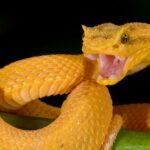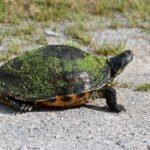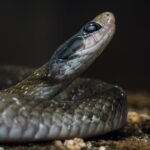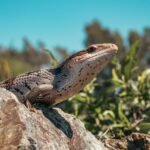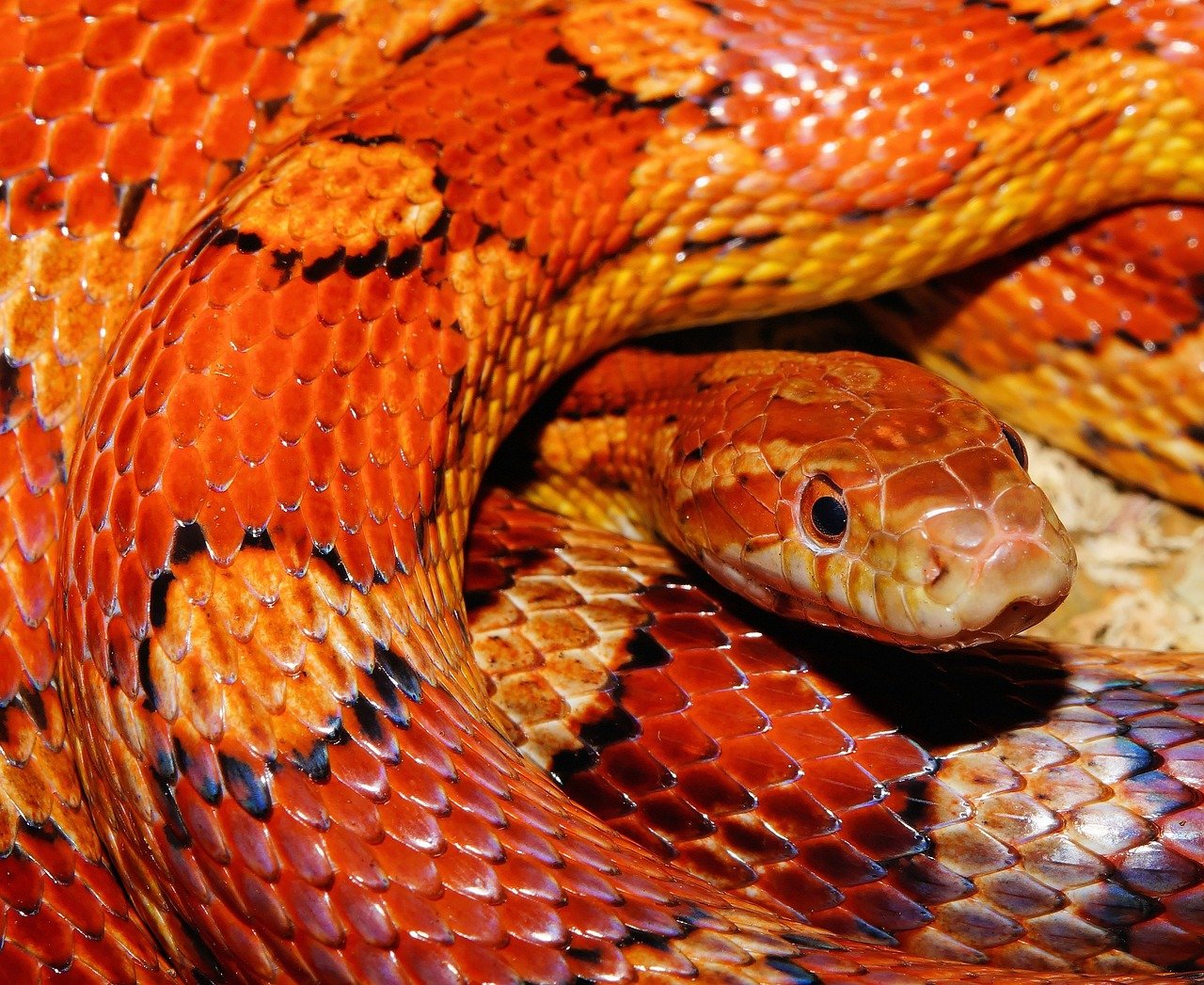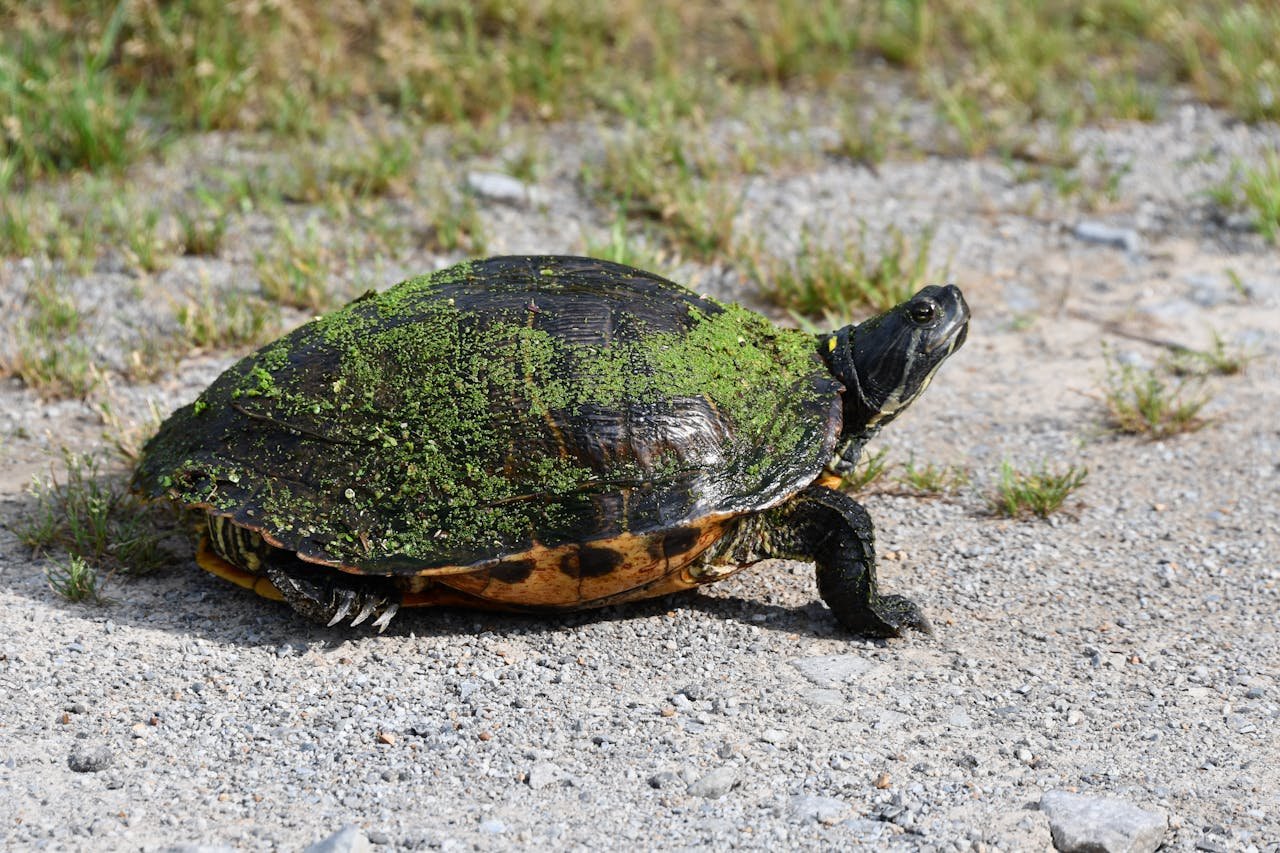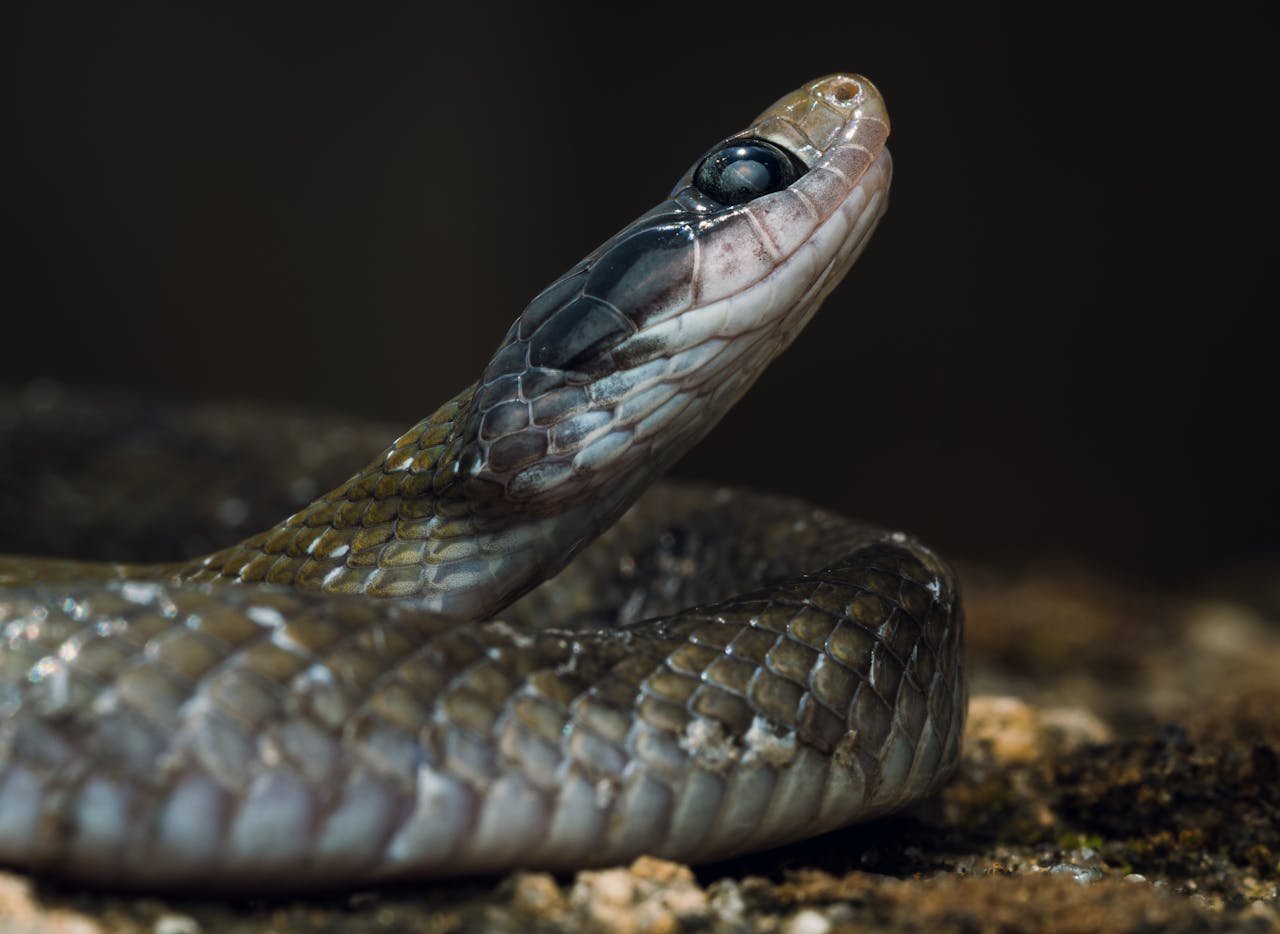The Hognose Snake is a curiously strange variety of colubrid snake, which falls under the genus Heterodon and has gained great recognition due to its strangely shaped appearance and behavior. Native to North America, this snake has earned great fame because of many reasons that include upturned snout, defensive behaviors, and a wide variety of prey. Understanding the ecological role of the Hognose Snake, its adaptations, and conservation efforts aimed at maintaining its populations is essential.
Physical Characteristics
The upturned snout that the Hognose Snake can easily show is believed to be very helpful in digging and burrowing for food. That strange shape gives the snake its name and distinguishes it from any other species. The body of the Hognose Snake is rather stout, quite robust; its color pattern is very different among different species and even more among individuals.
Western Hognose Snake: This is arguably the most famous of the species, and base coloration is usually tan or gray, with markings usually dark brown or black. This will typically be a pattern of bands or spots down the body and affords great camouflage in its native habitat with either sandy or gravelly soils.
- Eastern Hognose Snake (*Heterodon platirhinos): Another iconic species, the Eastern Hognose Snake is found in a very wide array of color morphs-from browns and grays to olives with commonly darker markings. The snake is easily identified by its large, broad head and can flatten its neck when threatened.
Habitat and Distribution
Hognose Snakes are endemic to North America, each species confined to a particular region. The Western Hognose Snake is generally found in dry, sandy, or gravelly areas of open prairies and grasslands from Nebraska to Texas in central United States. On the other hand, the Eastern Hognose Snake is distributed throughout eastern United States from southern New England down to Florida, and many kinds of habitat have been reported, particularly from woodlands to fields and suburban areas.
Other habitats that have been associated with their burrowing behavior include areas with loose, sandy, or loamy soils that would make their digging activities less difficult. This provides appropriate conditions for foraging, hiding, and thermoregulation.
One of the most intriguing issues when it comes to Hognose Snakes is their behavior in defense. The threatened Hognose Snake does a bunch of things trying to ward off predators. First, it hisses, flattening its neck in some attempt to appear larger. Then, when that fails, the snake often plays possum. It rolls on its back, opens its mouth, and even emits an odoriferous musk from the cloaca in its effort to both look and smell like a dead animal.
These extraordinary adaptations extend the behavioral repertoire of the Hognose Snake. This snake has an upturned snout that is specially modified for digging and foraging, by which it probes through the leaf litter, soil, and sand in pursuit of food. This adaptation also helps it to navigate through its habitat and find shelter from predators and environmental extremes.
Diet and Feeding Habits
The Hognose Snake is an opportunistic feeder, its diet best describing its habitat. Major dietary items include amphibians, both toads and frogs; insects; and small reptiles. The snout is upturned, best adapted for a snake flipping over rocks, logs, and other debris in search of prey.
Such food specialization is seen in Hognose Snakes while feeding on toads. Usually, toads are the diet of Hognose Snakes; they contain toxins that help them get protection from predation. The Hognose Snake develops resistance against such toxins and hence can feed upon toads without any adverse effects. In this respect, the food preference also controls such a population of frogs and maintains ecological balance.
Reproduction and Life Span
Reproduction of the Hognose Snake is by oviparity, where the embryos develop outside the mother’s body. Breeding usually occurs during the spring season, and males undergo courtship displays to attract females, especially during courtship. This includes a variety of movements and displays; their bodies rub and entwine.
Following copulation, females are seen in large numbers laying clutches in suitable nesting sites, such as sandy soil or leaf litter. The clutch size varies; usually, 8 to 30 eggs are laid. After incubation-which may take about six or eight weeks-the eggs hatch. Hatchlings are small and independent at birth, mostly with their life starting at the miniature adult stage, ready for hunting and survival.
The lifespan of the Hognose Snake will vary between species and with environmental conditions. Most may have a lifespan of approximately a decade in the wild, going up to 15 years. With good handling, they tend to live even more in captivity. Various fac

tors prevail on their life spans, including predation, habitat conditions, and the availability of food.
Conservation Status
While the status does vary between the species and from place to place, all in all, Hognose Snakes have not been considered one of the threatened species that is in grave danger. Therefore, some species and populations can be under threat due to habitat loss, climate change, and human activities.
Western Hognose Snake (*Heterodon nasicus): Currently red-listed as of “Least Concern” status, but local populations may be threatened by habitat loss from agriculture or urban development. Habitat preservation and research into its population dynamics are part of its basic conservation.
Eastern Hognose Snake (Heterodon platirhinos)**: Similarly, the Eastern Hognose Snake is listed as “Least Concern,” but it does face threats including habitat loss and fragmentation. Its conservation entails the protection of key habitats alongside environmental education for the general public.
Ecological Role
The hognose snakes are of importance simultaneously both as predators and as prey in their environment. Being predators, they control the populations of amphibians, insects, and small reptiles; thus, they contribute to the balance of their habitat. Their feeding behavior also influences the distribution and abundance of their prey species.
In turn, Hognose Snakes act as prey for higher-order predators such as birds of prey, mammals, and larger reptiles. These snakes also take part in a food chain to show interdependence in such an ecosystem with a good variety of healthy habitats.
Interaction with Humans
Hognose Snakes are never typically aggressive and pose no serious threat to humans. They tend to feign death and hiss as their defense, never to atta

ck another creature. This unique look and action allow them to be targets both amateurly and seriously by reptile enthusiasts and researchers.
Some Hognose Snake species, due to their nature and appearance, have become popular pets for many people in different parts of the world. If domesticated, proper concerns on habitat and feeding, and temperature should be considered accordingly. It would also be best to consider responsible sourcing for pet Hognose Snakes and addressing proper care for their needs.
Fascination and Research
The special suite of adaptations and behaviors expressed by Hognose Snakes has stirred the active interest of both herpetologists and researchers alike. Investigations into its defense strategies, eating behavior, and reproductive biology form those core aspects to which this animal has contributed in furthering man’s understanding of the evolution and ecology of colubrid snakes.
The research on the Hognose Snakes contributes to the continuously growing knowledge about the various interactions between amphibians and reptiles and how the changing environment influences wildlife populations. Currently, ecology and behavio
ral studies of the Hognose Snake are continuously updating known information about these interesting reptiles.
Conclusion
The Hognose Snake is one of the most extraordinary examples of diversity in regard to adaptation within the Colubridae family. Its unique appearance, behavior, and ecological role make it a fascinating object of study and an invaluable part of its habitat. Although the species are seldom in immediate danger, active conservation and research will be of paramount importance for its perpetuation and understanding in a greater ecological framework.
While continued study and appreciation of the Hognose Snake occur, it is equally as important to take into consideration conservation and the myriad challenges this snake’s natural habitat faces. It’s a living testament to just how intricate and fascinatingly beautiful the world of nature can get, which in itself makes further conservation and research an utter necessity with regard to the different species sharing the planet with us.

